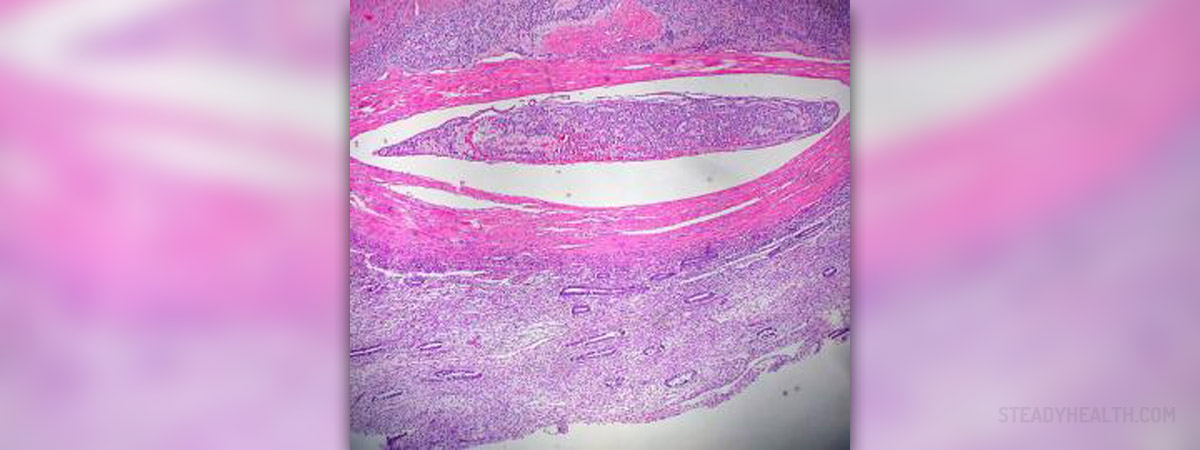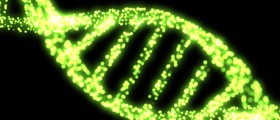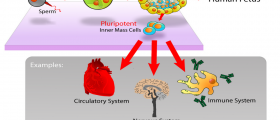
Umbilical cord is usually cut off after the child is born and in past it was discarded as useless. However, the advancement of the medical science has shown that umbilical cord can be used as a kind of biological insurance for the newborn.
This flexible cord-like structure connects the fetus or the embryo to the placenta. It has two arteries and one vein. The vein brings fresh, oxygenated blood packed with nutrients, while the arteries carry away deoxygenated and used blood.
Umbilical cord blood
After the baby is born, the cord is cut, but the some blood still remains in blood vessels of the placenta and in the cord itself. This blood is called umbilical cord blood or simply cord blood, and it has been found that it not only contains all the basic elements like red and while blood cells, platelets and plasma, but also hematopoietic or blood-forming stem cells, similar to the cells of the bone marrow.
Hematopoietic stem cells can transform in other cells of the body, which is why cord blood can be used for transplantation purposes, much like bone marrow.
Umbilical cord blood banking
After it has been found that cord blood can be used, because of its stem cells, to treat certain serious diseases, the idea of collecting it and storing it was born. When the baby is delivered, the cord is clamped at both ends and cut. One end is then unclamped and a tube is inserted to collect blood from the umbilical vein.
After the blood is collected, it is placed in bags and shipped to cord blood banks, where it is cryopreserved at low temperature for future use. In some banks the red blood cells are separated and in some they are preserved. The blood is, naturally, tested for infectious diseases before preserving it.
Banking can be private, for family purposes, or public, which means that it is donated for the benefit of other people. The usual cost of preservation and storage is $2,000.
Since one way or another the umbilical cord is discarded after the delivery, some hospitals propose to their patients to donate their cord blood so it can be used to treat high-risk diseases for those who need it. Many hospitals have their own facilities and qualified staff, usually midwives, who perform blood collection.
The use of the umbilical cord blood
Cord blood is mainly used to treat diseases associated with blood or immune system, as well as for certain generic metabolic diseases. It is estimated that cord blood can be used in more than 70 diseases, and some of them include leukemia, lymphoma, sickle cell anemia, osteopetrosis, which affects the bones, and Krabbe’s disease, which affects the brain. Storing the cord blood is particularly recommended for parents who have a family history of a serious hereditary illness or bone marrow transplant, so that it can be used for their children.

















Your thoughts on this
Loading...